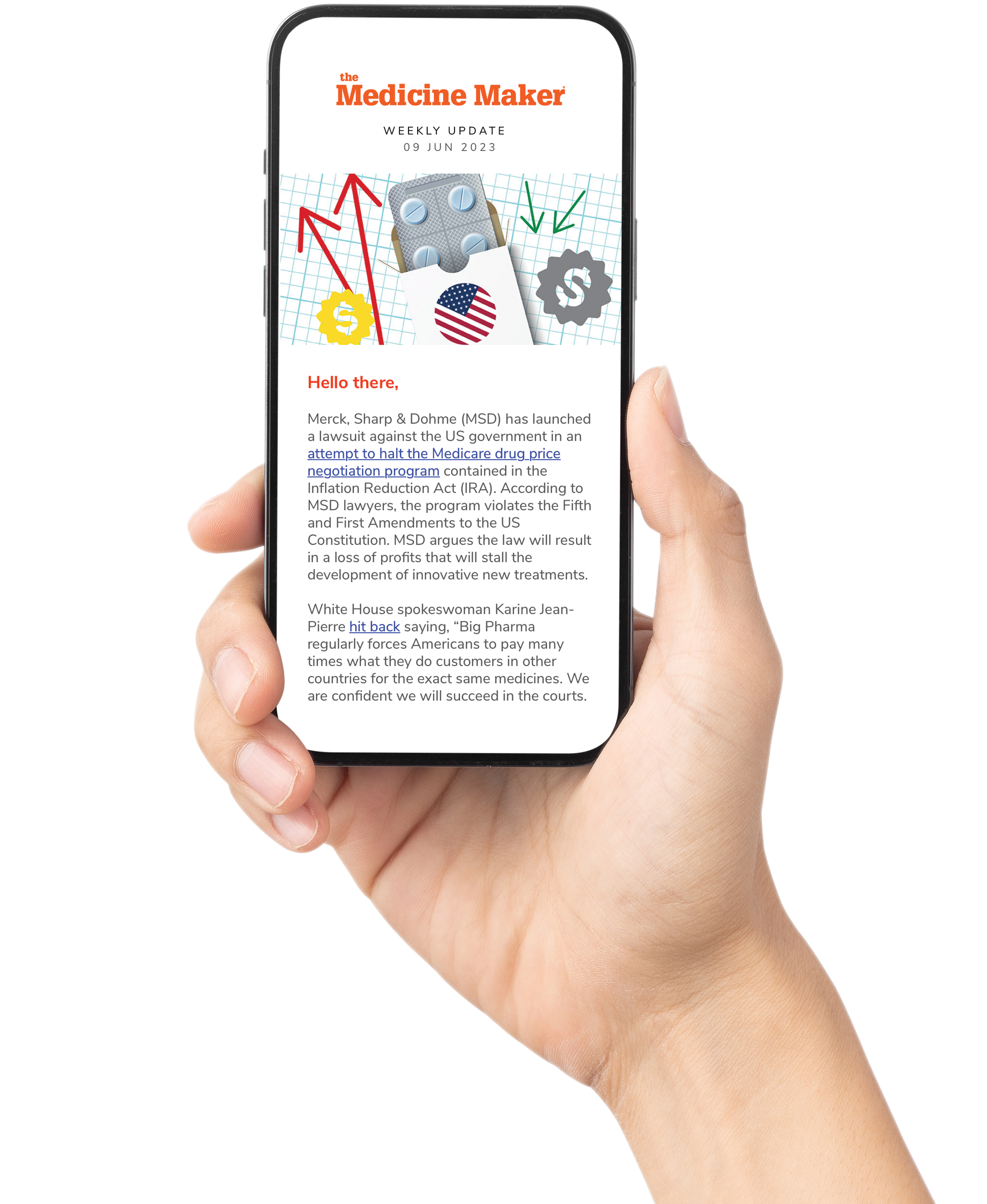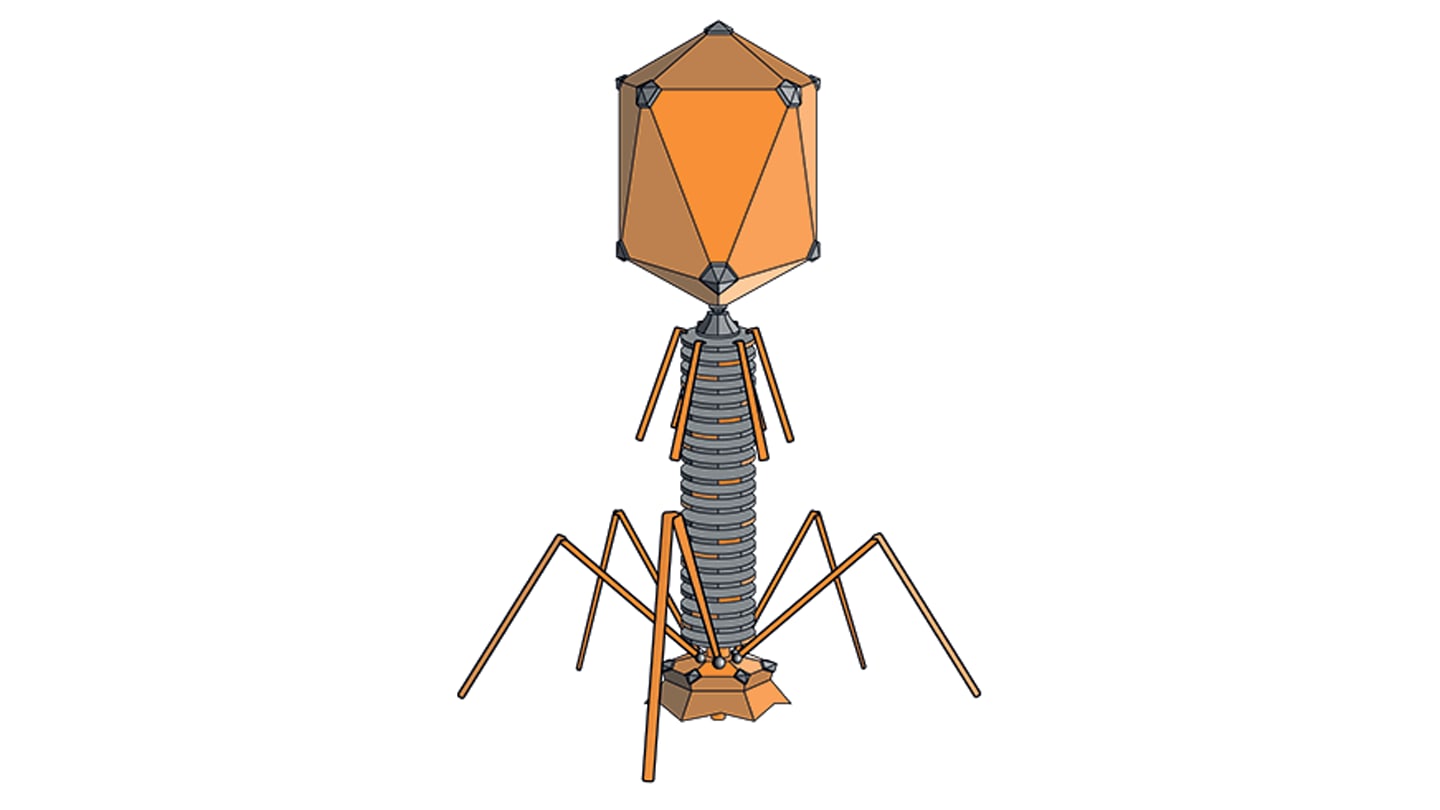
Speed, precision, and ethical rigor have combined to redefine pharmaceutical R&D, and artificial intelligence-driven biosimulation is emerging as a powerful alternative to traditional animal testing. Biosimulation platforms integrate complex biological, pharmacokinetic, and molecular data to enable model-informed drug development across all therapeutic areas, but key concerns around regulatory acceptance, the reliability of non-animal testing methods, and industry-wide transition to more predictive and humane approaches remain.
As in silico models improve, we speak with Patrick Smith, Senior Vice President of Translational Sciences at Certara, to examine the potential impacts on drug development, regulatory approvals, and the eventual removal of animals from the lab.
What was the primary scientific or regulatory gap that inspired the creation of AI-driven biosimulation?
Ninety percent of new drugs do not make it from phase I to approval – a clear indicator that something has to change in drug development processes. To close this gap, AI-driven biosimulation – built on a deep knowledge base of human biology and pharmacokinetics (PK) to more accurately predict drug interactions in humans – has been developed. It is used to support clinical trials and animal testing by validating results and addressing “what if” scenarios. In some cases, it can replace the need for in vivo testing altogether.
Decades of work have produced computational models that can be utilized throughout the R&D process – a technique called “model-informed drug development.” Now, we’re at a stage where quantitative systems pharmacology (QSP) modeling, which predicts how a drug will impact the body and diseases, can support model-informed drug development beyond the pre-clinical stage into clinical development and submission, enabling better-informed decision making throughout the entire process.
Biosimulation also uniquely supports areas where clinical trials are too dangerous or unfeasible, such as when studying rare diseases with small patient pools or testing drug interactions in pregnant women. In addition, QSP modeling has the potential to predict the complex non-linear, downstream biology of new drugs, such as GLP-1s, where there is significant industry appetite to identify new target product profiles that will improve overall patient outcomes with more complex modalities.
What are the perceived weaknesses of moving away from animal testing and into biosimulation?
The most pervasive perceived weakness of reducing animal testing is ensuring the safety and efficacy of drugs if we are not testing them on animals first. In silico models undergo the same rigorous validation and qualification specifications as animal models. Computational models are developed using large amounts of historical data and are validated by how well they predict known clinical responses. Often, these models end up being a better fit than testing on a mouse or monkey in predicting how a drug will impact a human.
How are existing in vitro, in silico, and other non-animal data sources integrated to support regulatory decision-making?
Data determined using in vitro and in silico methods is often submitted as a part of regulatory submissions by developers to support in vivo studies and/or animal testing. Regulatory agencies also use physiologically based pharmacokinetic (PBPK) modeling to independently review, analyze, and verify developer claims.
QSP and PBPK modeling enable mechanistic simulation of human and preclinical PK, pharmacodynamics (PD), drug-drug interactions, toxicity, and anti-drug antibody responses in humans. These models integrate physiological, biochemical, and molecular data to support species translation, optimize study design, and significantly reduce reliance on animal testing in line with evolving regulatory guidance.
Walk us through a specific use case where you have helped replace an in vivo study…
A popular use case for in silico modeling is predicting doses for clinical research. In one recent case, we performed “digital twin” simulations in real time to estimate dose escalation options for patients with pediatric epilepsy. GRIN-related disorders, first classified in 2010, are a family of rare, genetically defined pediatric neurodevelopmental disorders caused by mutations in a group of genes known as “GRIN” genes. GRIN Therapeutics, an affiliate of Neurvati Neurosciences, is working to advance the development of the investigational drug, radiprodil, which was previously tested in neuropathic pain and other indications, as the first specific treatment for GRIN-related neurodevelopmental disorder (NDD) that targets the underlying disease pathophysiology.
Certara collaborated with GRIN Therapeutics to develop a PBPK model for radiprodil to predict doses for infantile spasms, another form of severe epilepsy. The model was repurposed to support the unique challenges of dosing infants with difficult-to-treat epilepsy syndrome, including dosing recommendations in GRIN Therapeutics’ phase Ib study for GRIN-related NDD in children.
This kind of personalized recommendation would not have been possible through a traditional in vivo study. Another common use case where biosimulation is used to replace in vivo studies is label claims and directions of use. In this case, a model is developed using data from the initial clinical trial and can then be used to simulate other scenarios to answer questions related to drug-drug interactions.
How do regulators view the use of such non-animal data in regulatory submissions?
There is a long history at the FDA of using validated new approach methodologies (NAMs), including in silico tools and computational modeling as a framework for regulatory decision making. QSP modeling has seen an exponential uptick in industry investment and regulatory support, with QSP-based submissions to the FDA doubling every 1.4 years.
The FDA recently announced plans to phase out animal testing requirements for monoclonal antibodies; instead focusing on other approaches, including AI-based computational models. However, developers are more hesitant because they’re concerned regulatory agencies won’t accept the results from NAMs, as animal testing has been the standard for decades. As regulators grant more approvals to drugs that have not been tested on animals, I expect developers to embrace the idea.
How flexible is biosimulation for different therapeutic areas or stages of drug development?
Biosimulation can be used to support decision making during every stage of the journey. For example, in silico models can be developed to test molecules to determine which are worth studying further and predict how a drug candidate will perform in clinical trials to attract investors. During the clinical phase, biosimulation supports dosing recommendations and expands in vivo data to broader use cases such as testing in special populations or analyzing side effects, providing more information on the drug’s potential applications. During the regulatory process, these models can add additional data and context to submissions, address “what if” scenarios, and assist with answering regulators’ questions quickly without the need for another trial.
Looking ahead, how do you envision the role of in silico tools and biosimulation evolving in the near future?
For in silico and biosimulation tools to continue to evolve, we need better in vitro systems. In silico models must be populated with contextual data, and as we move away from animal testing and animal data, we will rely more on robust in vitro testing that gives us the same kind of information. There’s been tremendous progress in that area already – just think of organ-on-a-chip.
In silico tools will gain popularity as regulators throw more support behind them and in vitro assays improve. This will lead to faster timelines, lower costs, and stronger predictive evidence for drug developers.




